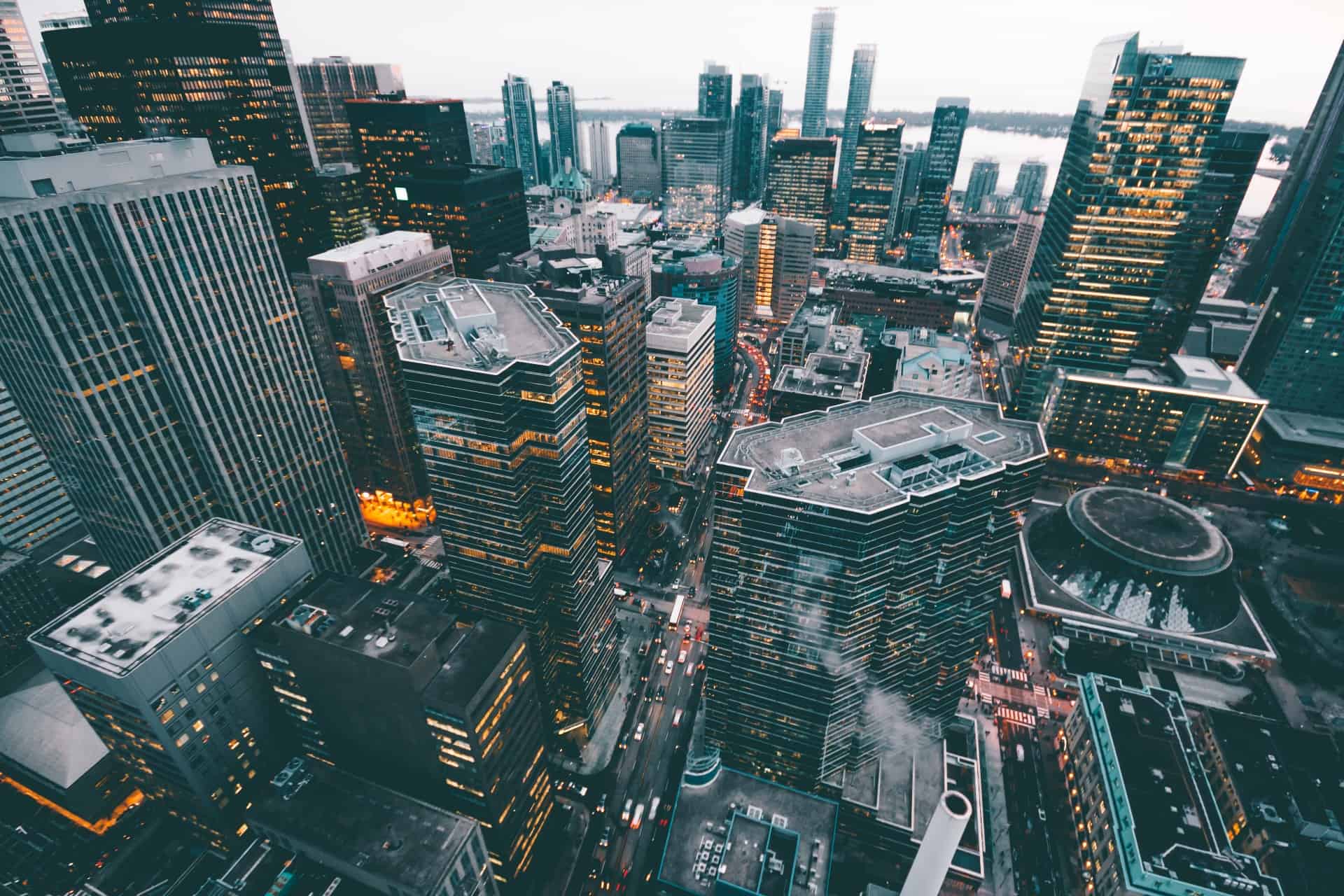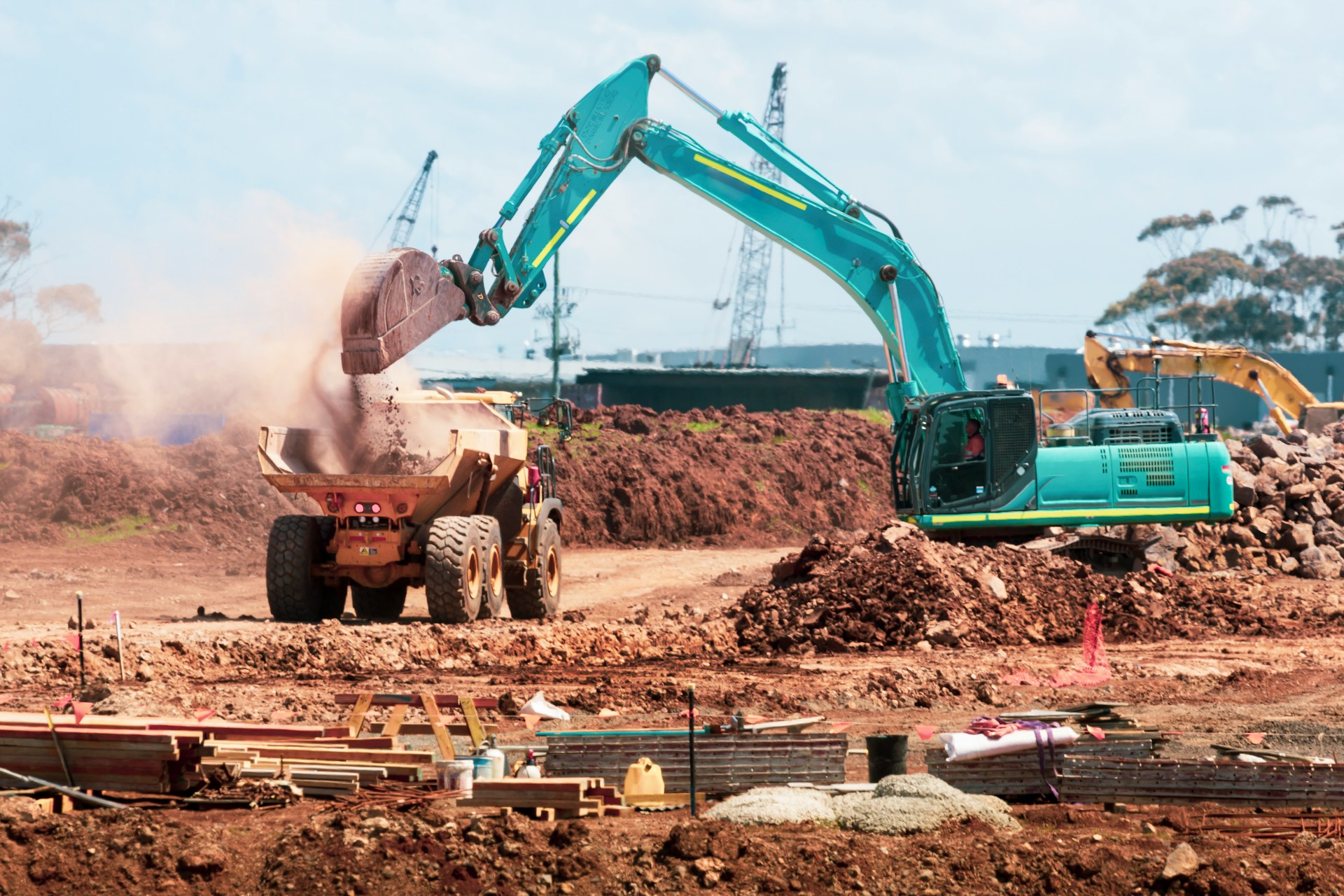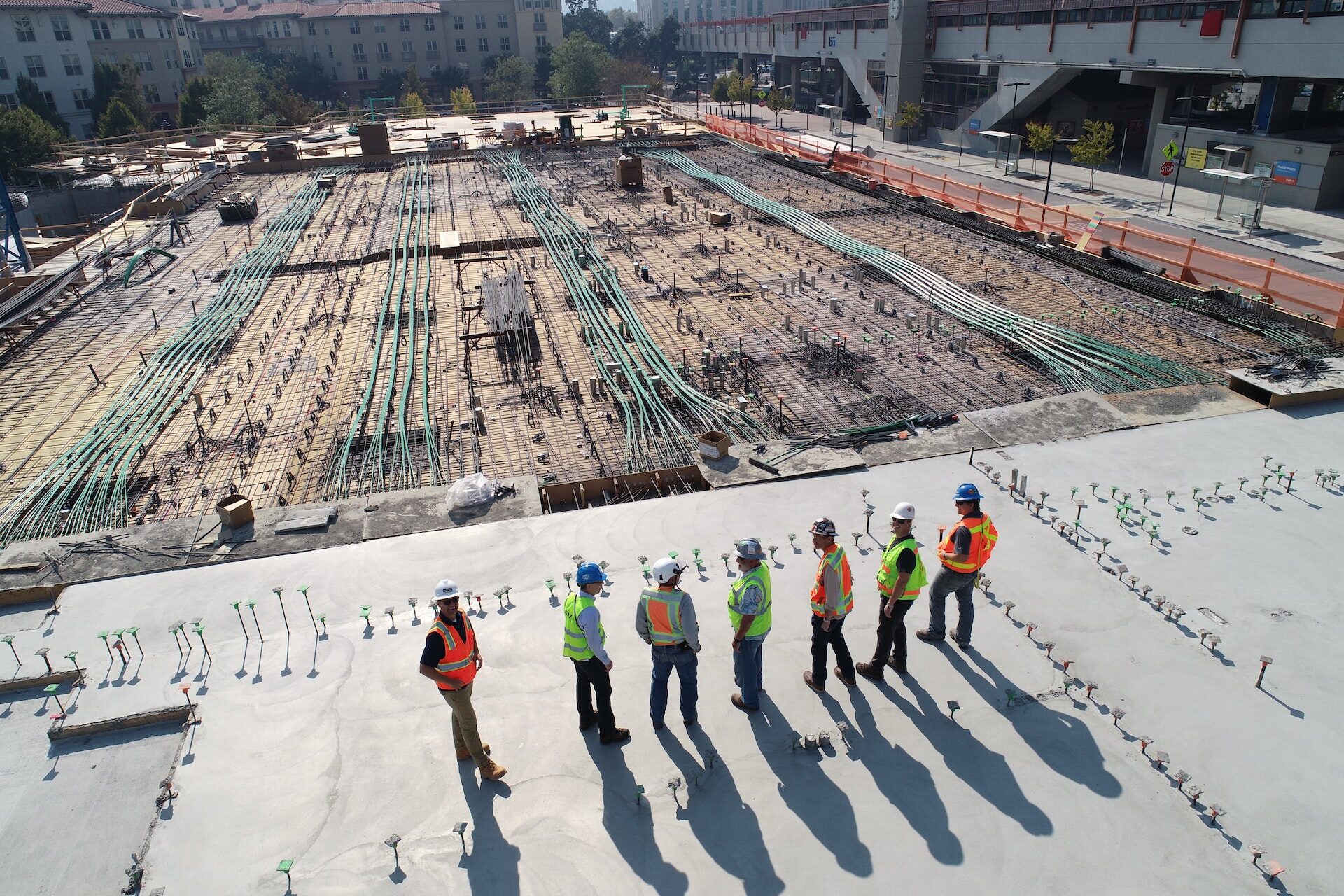
How Do Smart Cities Benefit Businesses and Residents?
August 19, 2022 - Emily Newton
Revolutionized is reader-supported. When you buy through links on our site, we may earn an affiliate commision. Learn more here.
Living in a smart city might seem like a modern headline, but it’s something city planners and engineers have been working towards for decades. Cities have been collecting data and using technology to understand it since the 1960s. In 1974, Los Angeles put together the first report utilizing databases and aerial photography to make decisions about city planning policies. If they could do that with 1970s technology, imagine what we can do today in modern smart cities.
Smart cities capture headlines and make people dream about what’s possible. However, they go far beyond mere fantasies and bring tangible benefits to businesses and residents alike. Those advantages make it more attractive to live and work in a smart city or visit it. Here’s a look at how they can create mutually beneficial situations.
Providing More Safety
Smart cities are not automatically safer ones. However, responsible planners can integrate features that protect people from harm. Despite the controversies associated with CCTV cameras, they could help authorities remain more aware of potential trouble. Detroit, for example, recently began working with local businesses to create a cloud platform that allows law enforcement to access security CCTV footage in real-time. The city’s police chief reports that areas that have partnered with the city have experienced a 50% drop in crime.
Similarly, some city authorities have high-tech tools that facilitate better crowd control management. Analysts expect smart cities to create $2.46 trillion in business opportunities by 2025. Moreover, there will be 20%-25% growth in crowd analytics solutions by 2030.
Communication and collaboration are also crucial for safety. In Incheon, South Korea, a centralized control center coordinates traffic and rescue crew operations during emergencies. That connected approach to smart infrastructure reduces the delays or misunderstandings that could slow responses to urgent situations.
At a more basic level, intelligent lighting systems could promote safety by automatically turning on when people arrive in the area and immediately alerting maintenance personnel to issues like burned-out bulbs.
When residents feel consistently safe, their stress levels should go down. They’ll feel more eager to participate in their communities rather than staying in their homes due to fear. Smart tools, such as self-service portals and other online accounts can help increase engagement between residents and government entities. This creates a safer and overall more attractive place for people to live. Crowdsourcing reporting could make it easier for cities to keep up with maintenance and repair demands, with less of a chance that small issues could be overlooked or fall through the cracks.
Such circumstances have a positive effect on businesses, too. Consumers will be less likely to perceive certain areas or merchants as dangerous or unappealing.
Moreover, business owners can be less concerned about crimes such as robbery and vandalism. There may even be a system whereby someone in distress could instantly call for help without attracting others’ attention. Such technology could be immensely helpful in a hostage situation.
Facilitating Inclusivity
Many people overlook barriers in their cities before directly encountering them. Individuals who never use bikes for transportation probably don’t see the lack of safe cycling paths. Moreover, if they speak the native language, they’ll likely never deal with the challenges many refugees face daily. People who use mobility aids deal with frustrating obstacles related to the lack of curb cutaways, ramps and accessible terrain.
However, analysts believe proper planning could facilitate inclusivity for those who live and work in smart cities. When people feel they belong somewhere and are seen and heard by fellow residents, they’ll have a better quality of life. There are various options for figuring out the best ways to accommodate people. However, some of the best ones involve collecting data to identify needs and see how trends change. Some degree of evolution is inevitable, but data can ensure planners are ready to address emerging priorities.
Apps exist to provide real-time translations, even for less-common languages. Imagine a scenario where a person could walk up to a bus ticket machine, point their smartphone at the screen and instantly see text in their preferred language. A smart city may also have an intelligent crosswalk that detects someone’s walking speed and automatically adjusts the traffic light timing to compensate. That setup could help someone who’s blind, using a wheelchair or otherwise needs more time to cross.
Businesses can thrive in more inclusive cities, too. Shop owners may find they can appeal to more segments of the market than before. Perhaps a town has a large population of Bhutanese immigrants, and they love the plentiful assortment of spices sold by a local grocer. The shop owner could then directly market to that group, noticing that profits grow in the process.
Shrinking the Carbon Footprint
Population-dense urban environments are among the biggest offenders when it comes to emissions, garbage generation and other effects that can have a negative impact on the local and global environment. Pollution and emissions also have a detrimental effect on the residents of the city. Globally, the World Health Organization (WHO) estimates that ambient air pollution is responsible for upwards of 4.2 million deaths annually. Statistically, this pollution may be directly responsible for:
- 16% of lung cancer deaths
- 25% of chronic obstructive pulmonary disease (COPD) deaths
- 17% of ischaemic heart disease and stroke deaths
- 26% of respiratory infection deaths
Introducing smart technology, such as energy-efficient buildings that require less energy to operate and renewable energy sources that don’t generate pollution or greenhouse gas emissions can help reduce ambient air pollution and improve overall health and quality of life.
The first step in solving a problem is identifying it and acknowledging its existence. IoT sensors designed to monitor air quality and identify problem spots can go a long way toward shrinking a city’s overall carbon footprint and reducing ambient air pollution. These sensors can monitor air quality and deliver data to a central processing unit. From there, machine learning systems can quantify that data and create an actionable plan that civil engineers and city planners can use to reduce pollution.
Using smart technology to reduce or eliminate ambient air pollution has the potential to save millions of lives every year. It will require more widespread implementation to be truly effective but pilot programs in test cities can help paint a clear picture of what this technology can do now or has the potential to do in the future.
Creating Real-Life Environments to Test New Tech
Getting the news about a smart city makes people start wondering about the possibilities. What will the destination have? Will there be self-driving cars or robots cleaning the streets and providing directions to bewildered tourists? Perhaps. Relatively few places in the world earn the designation of official smart cities. It’s more common for planning authorities to launch initiatives that investigate how to make areas progressively more innovative. Both of those situations provide chances to create technology testing grounds.
For example, when Tengah, Singapore, begins welcoming smart city inhabitants in 2023, it will be the first place in the country to have a car-free city center. Leaders worldwide will undoubtedly keep an eye on how things go there, potentially getting inspiration for how they, too, might reduce dependence on cars. However, living in Tengah does not mean people must go without vehicles. Instead, officials want to move all traffic and parking to an underground smart infrastructure.
Smart city plans are especially well-positioned to gain momentum when they feature collaborations between businesses and municipal decision-makers. The Los Angeles Cleantech Incubator (LACI) hosts 42 startups focusing on critical care issues, such as food, water and waste management. Partnerships between LACI and city officials provide chances for businesses to show off their advanced tech and encourage leaders to test it. Similarly, early adopters have opportunities to work out the kinks associated with new technology.
The forward-thinking attitudes of smart city planners appeal to people who want to do everyday tasks differently. Another innovation associated with Tengah is a system where people take their garbage to centralized points where it gets taken away through a suction-based system. This setup prevents people from seeing overflowing garbage bins outside residents or businesses, and it means smelly garbage trucks spend less time on pickup routes.
Boosting Smart Cities’ Economies
Residents and businesses benefit from strong economies. More resources are available to maintain and improve essential aspects during economic growth. Plus, people typically have more disposable income and feel comfortable about spending it rather than saving it in case of difficult times ahead.
High-tech cities can stimulate economies by encouraging investment and spurring tourism. Data collection and usage could remove issues that discourage tourists, such as long lines at attractions or delayed buses. Smart navigational systems could let visitors put away their guidebooks and paper maps for more pleasant, helpful experiences.
A person might aim their smartphone at a street sign and instantly see a directory of the stores, restaurants and cultural attractions located on it. The content might also include supplementary information, such as business hours, admission prices and details about sales. That approach helps visitors get orientated while encouraging them to check out local offerings. Economic growth could also occur when planners get more information about how people use smart infrastructure.
In London, smart scanners can differentiate between vehicles and people, tracking the road’s traffic patterns. The system boasts a 98% accuracy rate and gets smarter with use. City officials might hear complaints from residents who say they avoid business districts at certain times because traffic levels are too high. In that case, existing data could help reroute cars and people to relieve congestion and encourage people to frequent the nearby companies.
In the wake of the COVID-19 pandemic, many small businesses on British high streets — once bustling with customers — have found themselves struggling. Around 16% of shops have had to close their doors altogether. Incorporating smart technology, in addition to the benefits we’ve already mentioned, could help to reinvigorate these foundering streets and help breathe new life into small businesses that may have found themselves devastated by the pandemic.
Collecting Ongoing Smart Infrastructure Feedback
Many residents and business owners complain that authorities usually don’t seek their feedback before making changes that affect them. For example, demolishing a historic building to create a parking garage could subject residents to excessive noise while eliminating a beloved city landmark. Business owners may also point out that the planned construction will discourage people from visiting the area, decreasing their opportunities.
Smart cities enable more collaboration. Some municipal authorities launched Tinder-style apps that let people swipe to indicate whether they like or dislike potential upcoming changes.
Smart city plans associated with Nolanville, Texas, include a semi-autonomous van to transport those with mobility challenges. An app-based alert system also tells people about train traffic. Another possibility involves creating an incentive system to attract established businesses or promising startups.
The people tasked with this initiative worked in groups guided by an active community member. That person served as a mentor and point person for any questions about Nolanville’s current conditions and desired improvements. It was then easier to proceed with developments the residents and local company leaders genuinely want.
An Exciting Future
Smart cities do not immediately address all the problems connected to a specific destination. However, these examples show that thoughtful planning and community input can help technological advancements assist residents and business owners in meaningful ways that help them prosper.
Editor’s note: This article was originally published on February 18, 2021, and was updated on August 19, 2022 to provide updated information.
Revolutionized is reader-supported. When you buy through links on our site, we may earn an affiliate commision. Learn more here.
Author
Emily Newton
Emily Newton is a technology and industrial journalist and the Editor in Chief of Revolutionized. She manages the sites publishing schedule, SEO optimization and content strategy. Emily enjoys writing and researching articles about how technology is changing every industry. When she isn't working, Emily enjoys playing video games or curling up with a good book.




